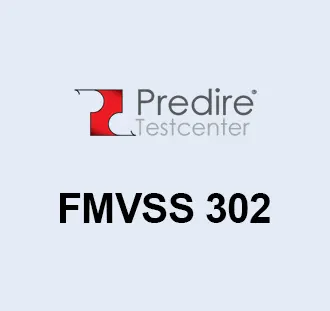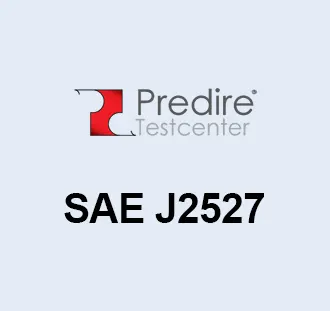IEC 60068-2-6: Environmental Testing – Part 2-6: Tests – Test Fc: Vibration (sinusoidal)
Overview and Purpose
IEC 60068-2-6 is a crucial part of the IEC 60068 environmental testing series, focusing on the sinusoidal vibration testing of electronic equipment. This standard specifies the procedures for conducting tests to determine the ability of components, equipment, or other items to withstand sinusoidal vibrations. These vibrations may occur during transportation or as part of normal operational conditions. The test aims to simulate the effects of sinusoidal vibrations on the specimen, assessing its structural integrity and operational reliability under such conditions.
How the Test is Conducted
- Preparation: The specimen is prepared according to its operational instructions, ensuring it is in the correct state before testing. This might involve setting it to a specific operational mode or ensuring it is properly mounted or supported.
- Vibration Exposure: The specimen is subjected to sinusoidal vibrations using a vibration testing system. The standard specifies the frequency range, amplitude (or acceleration), and duration of the vibration test. The selection of these parameters is based on the product’s intended use and the environmental conditions it is expected to encounter.
- Frequency Sweeping: The test typically involves sweeping through a range of frequencies to identify any resonant frequencies of the specimen. This process helps in assessing the specimen’s response to different vibration frequencies.
- Monitoring and Control: Throughout the test, the vibration parameters are closely monitored and controlled to ensure compliance with the test specifications. The specimen’s response, including any displacement or mechanical failures, is also monitored.
- Recovery and Evaluation: After the vibration exposure, the specimen is inspected for any signs of damage or degradation in performance. This evaluation includes visual inspections, functional testing, and, if applicable, additional measurements to assess any changes in the specimen’s characteristics.
Purpose of the Standard
- Durability and Reliability: Ensures that electronic components and equipment can withstand sinusoidal vibrations, enhancing their durability and reliability in real-world conditions.
- Design Verification: Helps in identifying potential vulnerabilities in the product’s design related to vibration resistance, allowing for design improvements.
- Quality Assurance: Forms a vital part of the quality assurance process, verifying that products meet international standards for vibration resistance.
- Consumer Confidence: Products tested according to IEC 60068-2-6 provide assurance to consumers and businesses about their reliability and performance under vibratory conditions.
Head Office
Privacy policy and cookies
Click here to present our privacy policy and explains how we use cookies on this website












